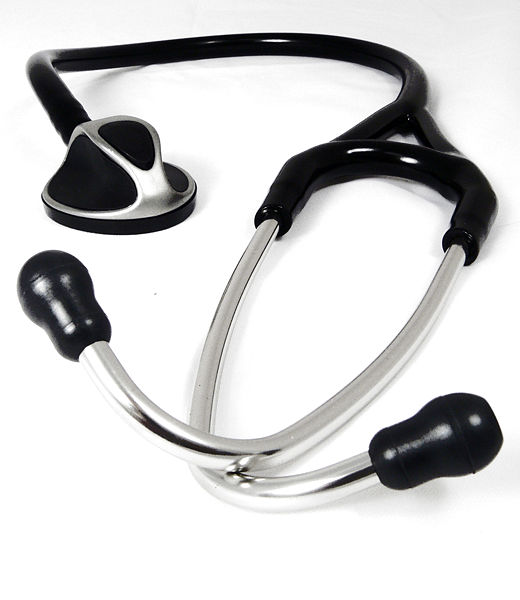
Stroke is the number one cause of severe physical impairment in Canada, and rehabilitation to reduce the resulting functional deficits is the leading treatment. Occupational therapists play a central role in the rehabilitation as members of a multidisciplinary team of clinicians and specialists. Occupational therapy is a client-oriented profession that uses meaningful activities across the spectrum of physical and mental areas to reduce limitations after a stroke. When repair of disabilities is impossible, occupational therapists implement compensation strategies to promote independence.
Rehabilitation is based on the concept of brain plasticity, which posits that it is possible to modulate or facilitate brain reorganization by external inputs. Occupational therapy activities are specifically focused on promoting the process of rehabilitation and promote the development of skills lost while taking into account specific physical, cognitive or emotional obstacles. Principles of motor, sensory, cognitive and emotional rehabilitation are incorporated into specific activities which work to create the optimum conditions for successful reintegration. According to Toronto-based speech language therapist Simone Friedman, several promising new neuropsychological approaches to rehabilitation coupled with technological advances have been developed to complement the therapy inflows and exploit the brain’s ability to recover.
Rehabilitation best practices
Experts tend to agree that the best rehabilitation includes multidisciplinary assessment and treatment by an organized team of health care professionals — which includes occupational therapists. Occupational therapists, such as those who work as clinicians at Simone Friedman SLS in Toronto, assess the impact of changes in visual perception, motor function, coordination, sensation, and cognition on the ability of a person to manage the tasks of daily life, and help to implement recovery or mitigation strategies. Intervention improves participation in significant roles, tasks and activities; corrects deficits; minimizes secondary complications; and provides education and support for patients and caregivers. There are many speech therapy services in Toronto, and the best therapists are known for improving independence and overall function among patients, improving individual goal-setting, and the ability to implement task adaptation and environmental modification, thus providing the lynchpin to the multidisciplinary stroke rehabilitation team.
What is post-stroke rehabilitation?
Rehabilitation helps stroke survivors relearn skills that are lost when part of the brain is traumatized. For example, these skills can include coordinating leg movements in order to walk or carry out the steps involved in a complex activity such as shoe-tying or stair-climbing. Rehabilitation through Occupational Therapyalso teaches patients new ways of performing tasks to bypass or compensate for residual disabilities. Individuals may need to learn to bathe and dress with one hand, or how to communicate effectively when their ability to use language has been compromised.
Simone Friedman’s Senior Occupational Therapist has more than 20 years of experience conducting assessments, dealing with insurance and legal obligations, through thorough reporting and documentation. If you or someone you love requires post-Stroke therapy including Activities of Daily Living (ADL)/Self Care, Instrumental Activities of Daily Living (IADLs), Community Navigation, and/or Workplace Assessments, please do not hesitate to call a specialist today.



















